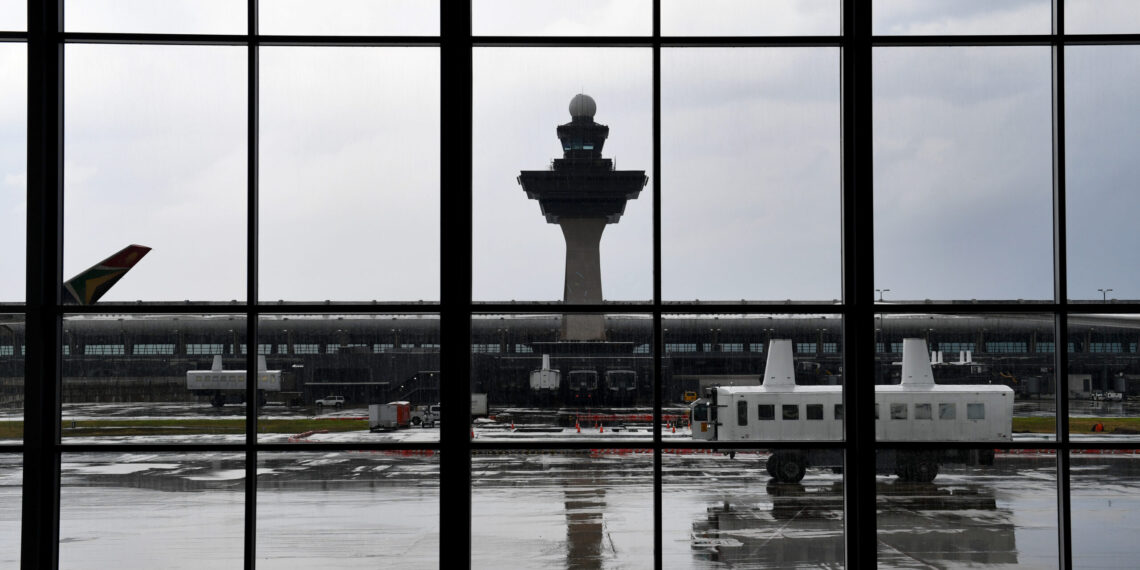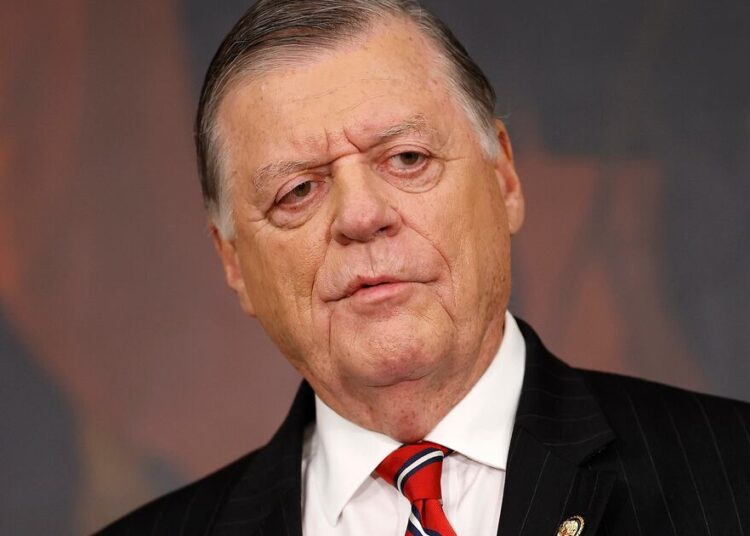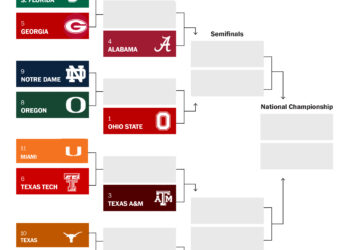A Trump nominee to the advisory board overseeing Dulles International Airport plans to push for an end to its signature “people movers,” saying the passenger-transport shuttles that drew headlines this week for a crash that sent 18 people to the hospital are slow, outdated and dangerous.
Trent Morse, who was deputy director of the White House presidential personnel office before stepping down in September, said in an interview that his frustrations about the shuttles — which Dulles introduced in 1962 and calls mobile lounges — are widely shared among lawmakers and administration officials.
A Trump nominee to the advisory board overseeing Dulles International Airport plans to push for an end to its signature “people movers,” saying the passenger-transport shuttles that drew headlines this week for a crash that sent 18 people to the hospital are slow, outdated and dangerous.
Trent Morse, who was deputy director of the White House presidential personnel office before stepping down in September, said in an interview that his frustrations about the shuttles — which Dulles introduced in 1962 and calls mobile lounges — are widely shared among lawmakers and administration officials.
“Any meeting I’ve had with a senator, the idea gets the most attention — by far,” Morse said.
He drew a connection between Trump’s interest in beautifying Washington and overhauling Dulles, which has consistently scored poorly in passenger satisfaction rankings. About 27 million passengers traveled through Dulles last year, including about 10 million international passengers, according to MWAA.
“The nation’s capital deserves a world-class airport facility,” said Morse. “But our international port of entry is stuck in the past.”
Any decision on the shuttles would require the consent of the 17-member Metropolitan Washington Airports Authority board. The Senate Commerce Committee is currently considering Morse’s appointment to the body, which includes representatives from Virginia, Maryland and the District of Columbia, and also oversees Reagan National Airport. Trump can nominate two additional members to the authority.
An MWAA spokesperson declined to comment on Morse’s criticism of the shuttles or their safety record. MWAA president John Potter did not immediately respond to a request for comment.
The “people movers” drew national attention Monday after one shuttle struck a dock while transporting passengers. At least 18 people were transported to a hospital, all with non-life-threatening injuries, according to MWAA. The shuttles have been involved in other accidents over the years. Morse said the shuttles’ safety record was another reason to do away with them.
A White House official Tuesday signaled support for Morse’s efforts.
“The American people can rest assured that the Trump administration is committed to leaving no stone unturned to make our nation’s infrastructure as safe and sleek as possible,” spokesman Kush Desai said in a statement, criticizing “the notorious ‘people movers’” and their role in this week’s accident.
The shuttles — widely acclaimed when they were first introduced as part of architect Eero Saarinen’s dramatically different design for an airport over six decades ago — can each carry about 100 people and are used to ferry passengers between several of Dulles’s terminals and concourses. Some of the shuttles, which Dulles calls “plane mates,” can also dock directly with an airplane.
The airport’s officials have long defended and lauded the shuttles, particularly amid discussion about retiring the mobile lounge fleet in the 2010s. But rather than build expensive new infrastructure to move passengers, a $16.4 million overhaul of the vehicles was approved in 2023.
Some passengers this week took to social media to complain about the shuttles in the wake of the accident. Many grumbled about trading the independence of using a moving walkway at other airports for the sometimes cramped, subway-like experience of riding in a shuttle as it crisscrossed the tarmac. Still, they serve a crucial purpose at the bustling airport and at one point represented the future of travel.
“The mobile lounge, a monster on wheels, the largest passenger-carrying vehicle on rubber tires,” intones a narrator in a 1960s-era documentary about Dulles. “Tomorrow it might become an integral part of every modern jet-age airport.”
Sydney Battle, an actor who grew up in Northern Virginia, said she was charmed by the vehicles and upset to think that they would be eliminated.
“It’s so interesting that when people thought about the future, back in the 1950s and 1960s, it was about efficiency — but it was also about design. They wanted things to look cool, and they were so idealistic,” Battle said in an interview. “Now we’re in the future, and we’re like, ‘Well, no, let’s kill that, because I don’t like it, I don’t understand it.’”
But the shuttles did not catch on, and many passengers today complain about the unique-to-Dulles experience of waiting to ride a “people mover,” saying that it adds lengthy delays to the process of boarding or disembarking an airplane.
Don Milton, a professor of environmental health at the University of Maryland School of Public Health, also faulted the lack of ventilation on the shuttles, saying Tuesday that the tight, enclosed spaces are unhealthy. Milton has measured carbon dioxide levels when riding the shuttles, finding that they can surpass 2500 ppm — a level associated with health and performance issues.
“Every time I get on, I think of the movie ‘RoboCop’ and the big ungainly corporate machine,” Milton said, referencing the 1987 science-fiction movie about a dystopian U.S. city.
Dulles and MWAA officials have been unmoved by past criticism, saying that the vehicles would remain a core part of the airport’s experience. Thomas Beatty, the MWAA’s chief operating officer, said at a September board meeting that the shuttles would continue to be “essential” for the next 15 to 20 years.
About 50 of the shuttles are currently in use, Beatty told the board as part of his MWAA-wide update, describing efforts to design a new, overhauled version of the vehicles that could be tested in late 2026.
Sen. Ted Cruz (R-Texas), who chairs the Senate committee considering Morse’s nomination, said last week that he’s opposed to the shuttles, too.
“I’m glad to see that Mr. Morse shares my disdain, and that of millions of other flyers, for the glacial, tanklike ‘people movers’ at Dulles,” Cruz said. “It sounds like we’ll finally have a representative on the MWAA board who cares about the actual experiences of passengers.”
Cruz’s committee is expected to vote on Morse’s nomination next Wednesday and advance it to the Senate floor, where it would await a full vote by the chamber.
In the interview Tuesday, Morse described himself as an “aviation geek” who sought the MWAA post to make changes. He suggested looking at recent overhauls of New York’s LaGuardia and John F. Kennedy International Airports as road maps for how a private-public partnership could use a mix of funding to redevelop Dulles — and eliminate its mobile lounges.
“I think the most frustrating part of Dulles is seeing that it’s this great piece of real estate, there’s a great opportunity to build it out … but you’re still taken back to the 1960s” with the shuttles, Morse said. “I mean, they look like moon rovers.”
The post Trump airport nominee wants to eliminate Dulles ‘people movers’
appeared first on Washington Post.




